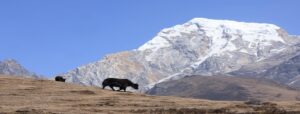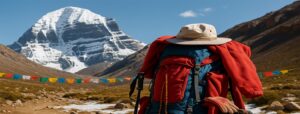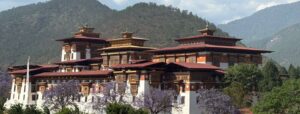Upper Mustang Trek in August – the hidden gem in Nepal is an exciting trekking destination that promises a fun-filled and memorable experience. This region is known as the Last Forbidden Kingdom and promises a unique and exciting trekking experience that is unlike any other. Upper Mustang is a beautiful and unique trekking destination located in the northern part of Nepal. It is a region that was once part of the Tibetan Empire and has its own distinct culture and traditions. The Upper Mustang Trek in August is a fantastic experience, with incredible landscapes, ancient monasteries, and beautiful villages that are scattered throughout the area.
The altitude of the Upper Mustang varies between 2,750 meters (9,022 feet) and 4,200 meters (13,779 feet) above sea level. The region is situated in the rain shadow of the Himalayas, which means that it receives very little rainfall throughout the year. This has created a unique desert-like environment that is unlike any other in Nepal.
Average Temperature and Weather Conditions of Upper Mustang Trek in August
The average temperature in Upper Mustang during August is around 22-30°C during the day and 5-0°C at night. However, temperatures can vary depending on the altitude and time of day.
In fact, Upper Mustang is a rain-shadow area, meaning it receives very little rainfall throughout the year, including during the monsoon season. August is actually one of the driest months of the year in Upper Mustang.
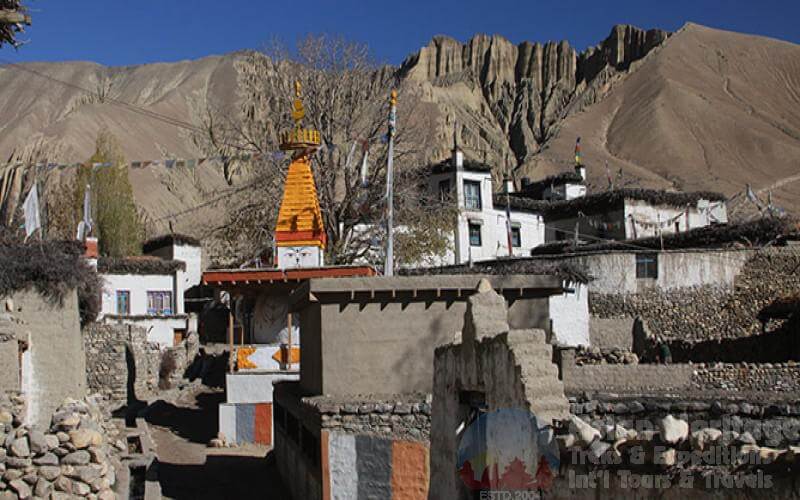
Due to the region’s location in the rain shadow of the Annapurna and Dhaulagiri mountain ranges, Upper Mustang is known for its arid climate and desert-like landscape. While the monsoon season can bring occasional showers and thunderstorms, it typically does not bring significant rainfall to Upper Mustang.
Upper Mustang is located in a high-altitude desert region and experiences a significant temperature difference between day and night. This temperature difference can create strong wind gusts during the daytime as warm air rises and cooler air rushes in to replace it.
Highlights of the Upper Mustang Trek in August
The monsoon season in August brings a unique charm to the region, making it even more beautiful and exciting. Here are some of the highlights of the Upper Mustang trek in August.
Stunning scenery

The Upper Mustang region boasts some of the most stunning landscapes in the world, with breathtaking views of the Himalayas and the arid desert-like terrain. In August, the region comes alive with lush greenery, making it even more beautiful. You will trek through canyons, over high passes, and through ancient villages that are scattered throughout the region.
Opportunities for adventure
The Upper Mustang region offers plenty of opportunities for adventure from exploring ancient caves to visiting ancient monasteries. You can even go horseback riding through the rugged terrain or mountain biking through the challenging trails. You can also enjoy the stunning views of the region by taking a scenic flight over the Himalayas.
Rich culture and traditions
Upper Mustang has a rich and vibrant culture that is deeply rooted in Tibetan Buddhism. The region’s unique architecture, ancient monasteries, and temples with intricate carvings and paintings are a testament to the area’s rich history and heritage. The people of Upper Mustang celebrate numerous festivals throughout the year, each with their own set of customs and traditions.
Also Read: Upper Mustang Trek in July: Travel Tips, Weather, and More
Challenging Trails
The trek to Upper Mustang is a challenging one, but it is also one of the most rewarding. The trail is rugged and remote, and it offers stunning views of the Himalayas and the arid landscape of Mustang. You will trek through steep inclines and high passes, through narrow canyons, and over rough terrain. It’s an adventure that will test your limits and reward you with unforgettable experiences.
Local cuisine
The local cuisine of Upper Mustang is a unique blend of Tibetan and Nepalese cuisine, with its own distinct flavor and style. Some of the must-try dishes during the trek include Thukpa, a hot and filling noodle soup made with vegetables, meat, and noodles. People make momos, a popular snack, by using a dough wrapper and filling them with vegetables or meat, and they often serve them steamed or fried. Likewsie, People often use chhurpi, a hard and chewy cheese made from yak milk, as a side dish or snack.

Thenthuk, a hearty noodle soup with handmade noodles, vegetables, and meat, is a great meal after a long day of trekking. Yak meat, which is lean and high in protein, is a common ingredient in stews, curries, and stir-fries, and is a must-try for meat eaters. Don’t forget to try some local snacks and drinks, such as roasted barley flour, butter tea, and Chhyang, a local alcoholic beverage made from fermented barley.
Hospitality
The people of Upper Mustang are known for their warmth and hospitality. You will be welcomed with open arms and treated like family wherever you go. You can experience the local culture by staying in traditional lodges, eating local cuisine, and interacting with locals.
How to get to Upper Mustang from Kathmandu
To reach Upper Mustang from Kathmandu, you will need to take a combination of road and air travel. The journey can take anywhere from 2 to 4 days depending on your mode of transportation and the time of year.
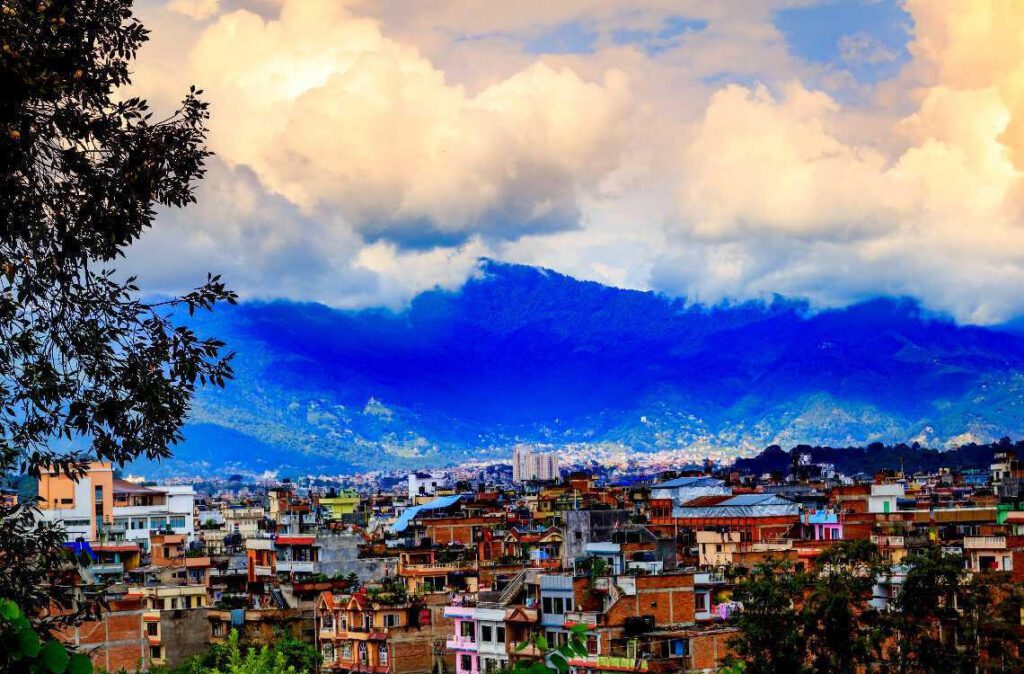
The first step is to take a flight from Kathmandu to Pokhara which is a popular tourist hub located in central Nepal. There are multiple daily flights from Kathmandu to Pokhara operated by various airlines, including Nepal Airlines, Yeti Airlines, and Buddha Air. The flight time is approximately 25-30 minutes.
From Pokhara, you can then take a scenic drive or a flight to Jomsom, a small town located in the Mustang district. The drive from Pokhara to Jomsom takes around 12 hours and can be a bumpy and challenging journey, especially during the monsoon season. However, it also offers stunning views of the Himalayas and the Kali Gandaki River Valley.
Alternatively, you can take a 20-minute flight from Pokhara to Jomsom, which is a faster and more convenient option. From Jomsom, you can either trek or take a jeep to reach the Upper Mustang region, depending on your preferences and itinerary.
Required Permit for the Upper Mustang Trek
Located in the remote region of Mustang, Nepal, this trek requires certain permits to be obtained before embarking on the journey. Here are the required permits for the Upper Mustang Trek:
Restricted Area Permit:
The Upper Mustang region is a restricted area, and travelers are required to obtain a Restricted Area Permit (RAP) from the Department of Immigration in Kathmandu. The RAP is issued for a minimum of 10 days, and the cost is $500 per person.
You may also like: Upper Mustang Trek in June: Travel Tips, Weather, and More
Annapurna Conservation Area Permit:
The Annapurna Conservation Area Permit (ACAP) is required for all treks in the Annapurna region, including the Upper Mustang Trek. The ACAP is issued by the National Trust for Nature Conservation, and it costs $25 per person.
TIMS Card:
The Trekkers’ Information Management System (TIMS) Card is a mandatory permit for all trekkers in Nepal. The TIMS Card provides basic information about the trekker, including their name, nationality, and the route they will be taking. The cost of the TIMS Card is NPR 2,000 per person.
Flora and Fauna
Upper Mustang is a semi-arid region of Nepal that lies in the rain shadow of the Annapurna and Dhaulagiri mountain ranges. The region has a unique climate, which supports a variety of flora and fauna.
Here are some of the flora and fauna that you can spot during the Upper Mustang Trek in August.
Flora
In August, which is the monsoon season, the region is full of lush vegetation, and the following are some of the flora that can be spotted during the Upper Mustang Trek:
Juniper
Juniper is a small tree or shrub that is native to the Himalayan region. It is commonly found in the upper reaches of the Mustang region, and its wood is used for fuel, while the berries are used in cooking and medicine.
Sea Buckthorn
Sea Buckthorn is a deciduous shrub that is known for its bright orange berries. It grows abundantly in the Upper Mustang region and is used in traditional medicine.
Willow
Willow trees are commonly found along riverbanks and are known for their slender, graceful branches. They are often used for their medicinal properties and their wood is used for fuel.
Apple Trees
The Upper Mustang region is also known for its apple orchards. Apples are grown here in abundance and are used to make local apple brandy and cider.
Wildflowers
There are many different types of wildflowers that can be spotted along the Upper Mustang Trek, including primroses, poppies, and asters. These flowers add a burst of color to the landscape and attract a variety of butterflies and other insects.
More: Upper Mustang Trek in May: Weather, Difficulty Travel Tips, and More
Edelweiss
Edelweiss is a perennial plant that grows in rocky areas and is known for its striking white, fuzzy flowers. It is a symbol of the Alps, but can also be found in the Himalayas, including in the Upper Mustang region.
Primula
The Primula is a genus of flowering plants that includes a variety of species, some of which can be found in the Upper Mustang region. They are known for their bright, cheerful flowers and are often used in traditional medicine.
Fauna
While the region is relatively arid, there are still a variety of animals that you may encounter during your trek. Here are some of the animals you may see during the Upper Mustang Trek:
Blue Sheep
Also known as Bharal, the Blue Sheep is a wild mountain sheep that inhabits the Himalayan region of Nepal. They are agile climbers and can often be seen scaling the steep cliffs along the trekking route.
Tibetan Wolf
The Tibetan Wolf is a rare and endangered species that can be found in the Upper Mustang region. They are known for their distinctive grey and white coats and can sometimes be spotted hunting in packs.
Snow Leopard

While snow leopards are extremely elusive and rare, there have been sightings of these magnificent creatures in the Upper Mustang region. They are known for their thick white fur and incredible agility.
Marmot
The Himalayan Marmot inhabits the Upper Mustang region and is a large, ground-dwelling rodent. They are known for their distinctive whistling calls and are often seen basking in the sun.
Yak
Yaks thrive in the harsh mountain environment. People often use them for transportation, as well as for their milk, meat, and wool. Yaks have a thick fur coat that keeps them warm in cold weather, and their large curved horns are well-known. Local communities highly value yaks for their many uses, which play a significant role in the culture and economy of the Himalayan region.
Difficulty Level of the Upper Mustang Trek in August
The Upper Mustang region is located at an altitude of over 3,000 meters. Consequently, the air is thinner, and the oxygen levels are lower. Trekking in such high altitudes can be challenging. Therefore, it is crucial to acclimatize properly to avoid altitude sickness. For August trekking, it’s advisable to commence from lower altitudes, gradually ascending for safety and acclimatization.
. This way, you give your body enough time to adjust to the high altitude conditions.
In August, the Upper Mustang region experiences occasional rainfall, which means that the trails are less muddy and slippery than during heavy rainfall periods. The weather is generally warm and humid, with an average temperature of 15°C to 25°C.
Tips for the Upper Mustang Trek in August
August is a monsoon season in Nepal, and while it’s not the best time to trek, it’s still possible to do the Upper Mustang trek. Here are some tips for trekking in Upper Mustang in August:
Be prepared for rain
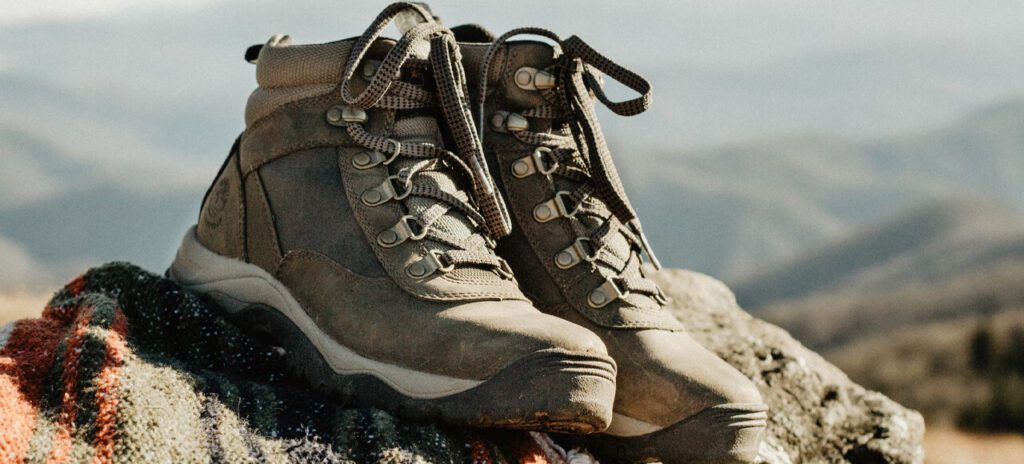
August is the monsoon season in Nepal, so be prepared for rain. Bring waterproof gear, including a rain jacket, rain pants, and a backpack cover to keep your gear dry. It’s also a good idea to pack quick-drying clothes and shoes.
Trek with a guide
It’s best to trek with a local guide who knows the area and can help you navigate the trail during the monsoon season. They can also help you find the best places to stay and eat, and provide insight into the local culture and history.
Stay hydrated
It’s important to stay hydrated during the trek, even if it’s raining. Carry a water bottle with you and drink plenty of fluids.
Pack insect repellent
The monsoon season brings mosquitoes and other insects, so pack insect repellent to protect yourself from bug bites.
Let our expert team at Asian Heritage Treks and Travel take care of everything — from guided tours to personalized packing tips and travel arrangements.
Plan My Mustang Trip




